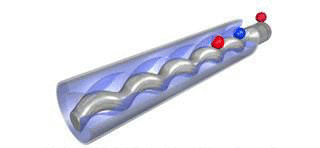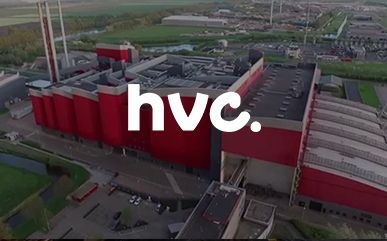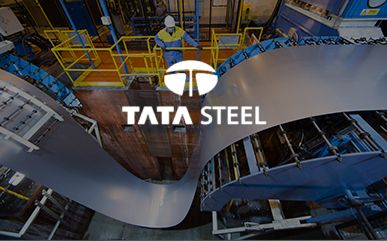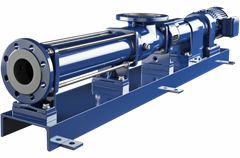Progressive Cavity Pumps
Progressive Cavity Pumps are positive displacement pumps used to move thick liquids. They work by turning a worm screw in a cylindrical housing, which moves the fluid.
Our customers rate us 8,6  based on 136 reviews
based on 136 reviews
Information about this type
Displacement pumps
Worm pumps are a type of positive displacement pump used to move viscous and thick liquids. They are ideal for applications where centrifugal pumps are ineffective, such as when moving honey, paint, toothpaste, or even liquid manure.
A worm pump consists of a cylindrical housing and a worm screw that rotates inside. The worm screw is shaped like a helical screw, which moves the fluid along the threads of the screw as it rotates in the housing. This continuously moves the fluid from the inlet to the outlet of the pump.
Worm pumps have a number of advantages over other pump types, such as higher efficiency when moving viscous liquids and a smooth, pulse-free flow. However, they are less suitable for moving liquids at a high flow rate due to the limited throughput.
Overall, worm pumps provide a reliable and cost-effective solution for moving thick liquids in a variety of applications and industries.
How does a progressive cavity pump work?
For the operation of the pump, there are two important parts, namely the rotor and the stator. These parts ensure flawless operation of the progressive cavity pump. The rotor is always located in the stator and will create spaces through the rotating movement through which the medium will be pumped.
Rotor
The rotor is screw-shaped and has a circular cross-section, which is one of the reasons why the rotor has an important function.
Stator
The stator has a helical bore, which creates spaces when the helical rotor rotates. The medium to be pumped can be carried along in the direction of the discharge side through these spaces.

Our clients







Without obligation
Contact us
ADVICE AND SALES
THE BEST POSSIBLE SOLUTION FOR YOUR APPLICATION
There are many different types of pumps and just as many applications, such as a submersible, circulation or well pump. Due to this diversity of pumps, it is wise to be well informed about what type of pump is required before you purchase one or have it overhauled. The IPG team with various pump experts can always advise you on the best possible solution for your application and can also support you with the purchase and installation of the pump.
IPG has strong relationships with various pump manufacturers and can therefore give you good advice in purchasing many types and brands of pumps. For example, the Industrial Pump Group is the Dutch importer of SAER and official dealer of Lowara, Grundfos and Seepex, among others.
Progressive Cavity Pumps
Parts and overhaul
The most important parts of a worm pump are the stator and rotor. The stator is usually made of rubber or plastic. Depending on the application, the right material can be selected. If you would like advice on this, you can always contact us.
The IPG overhaul team consists of various technicians trained by Seepex, who can support you with the overhaul of your worm pump.
Divisible stator
Overhauling a pump can sometimes take quite some time. Progressive Cavity Pumps are fairly easy to maintain due to the small number of components.
The stator and rotor are often (first) in need of replacement. To be able to replace these parts as easily as possible, Seepex has introduced the 'divisible stator'. This stator can be easily disassembled, making it easy to replace the rotor and stator. Without the pump having to be removed and therefore simply remaining in the pipework.
Selection of a Progressive Cavity Pumps
As with other types of pumps, it is also important for a progressive cavity pump that it is used correctly and meets the specifications required by the application. Here are some important questions that need to be answered before a definitive pump can be selected. Some of these questions are:
Which medium is being pumped? Slurry, solids? If yes, size of solid parts.
What is the required capacity of your application: how many m3/hour or litres/sec must be pumped?
What is the head also called pressure: this is the maximum height in meters that the pump must be able to pump.
Does the pump have to pump dosed?
The experts of the Industrial Pump Group are happy to help you find a suitable solution for your application and to advise you on this. Request a quote without obligation or contact IPG.
Applications
A positive displacement/screw pump is generally used for pumping 'difficult' liquids, such as non-lubricating liquids, abrasive liquids, but also mixtures whose structure and/or solid material blanket must not be damaged. Due to the operation of the pumps described above, even these difficult liquids can be pumped through the spaces created by the rotor and stator.
Advantages of a Progressive Cavity Pump
- Thanks to the soft rubber, hard particles are easily pressed and then simply absorbed into the liquid again.
- The structure of the medium will not be damaged.
- Accurate dosing.
- Free ball passage.
- Only one rotating element.
- Extensive range of material.
Why you might not choose a Progressive Cavity Pump
- Sensitive to dry running.
- Not suitable for high temperatures.
- High stator and rotor wear.
IPG and Progressive Cavity Pumps
The Industrial Pump Group has been supplying and overhauling Progressive Cavity Pumps and parts for this type of pump for many years. Thanks to years of experience and good ties with the world's largest worm pump manufacturers, IPG's pump experts can advise the customer on the selection, purchase and/or overhaul of these, but also other types of pumps. You have also come to the right place at IPG for the supply of parts of brands such as Netzsch and Seepex.
SUSTAINABLE AND EFFICIENT
Have your pump overhauled




